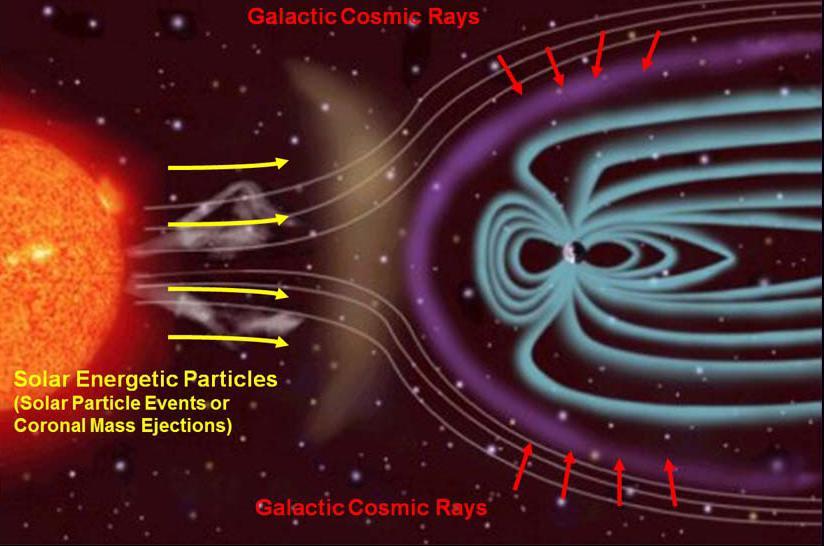Earth is constantly bombarded by lethal radiation from the sun and outer space. Although we are fortunately shielded by our atmosphere and planetary magnetic field, a major radiation storm would cause catastrophic effects on the technologies we rely on every day.
Looking at the sun in particular, as it produces its constant output of energy, due to energy buildup and the fluctuation of its magnetic fields, sometimes a solar flare or a coronal mass ejection (CME) will occur, emitting radiation that could hit Earth.
